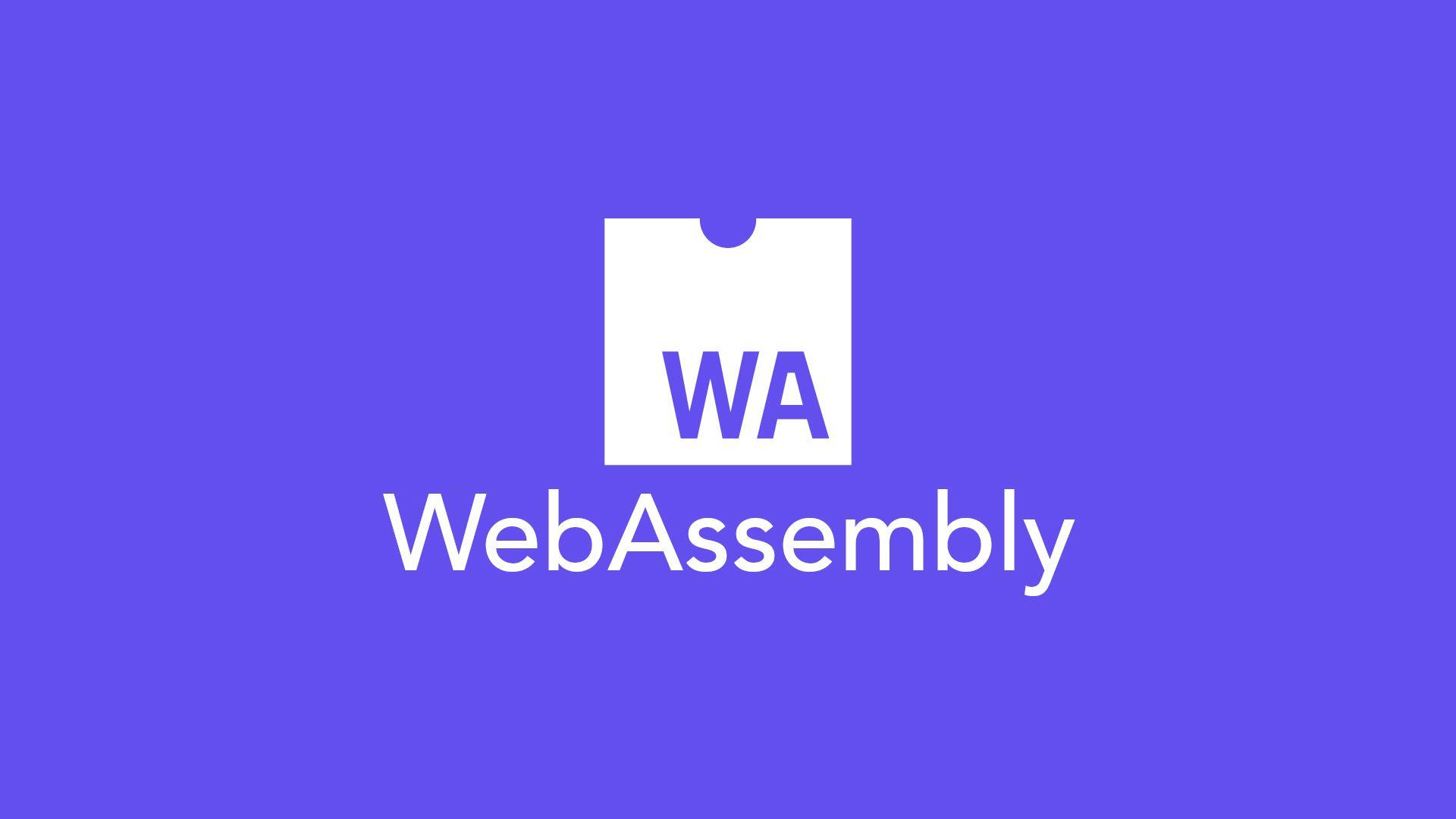Diving into WebAssembly: What It Is and Why It Matters
The web development landscape is evolving rapidly, and one of the most exciting advancements in recent years is WebAssembly (Wasm). Promising near-native performance in the browser, WebAssembly is changing how we think about web applications, enabling new use cases that were previously difficult or impossible to achieve with JavaScript alone.
But what exactly is WebAssembly, why does it matter, and how does it fit into modern web development? Let’s explore.
What Is WebAssembly?
WebAssembly is a binary instruction format designed as a portable compilation target for high-level languages like C, C++, Rust, and Go. It allows developers to run code in the browser at speeds close to native performance, making it ideal for compute-intensive tasks.
Unlike JavaScript, which is interpreted or JIT-compiled at runtime, WebAssembly is pre-compiled, meaning the browser can execute it much faster. It runs in the same sandboxed environment as JavaScript and integrates seamlessly with existing web APIs.
Key Features of WebAssembly:
Fast execution – Near-native performance in the browser.
Portable – Runs across different platforms and architectures.
Secure – Executes in a sandboxed environment, just like JavaScript.
Language-agnostic – Can be compiled from multiple languages.
Interoperable – Works alongside JavaScript, allowing gradual adoption.
Why Does WebAssembly Matter?
1. Performance-Critical Applications
JavaScript is highly optimized, but it still can’t match the raw performance of compiled languages for tasks like:
- Game engines (Unity, Unreal Engine)
- Video/audio editing (FFmpeg compiled to Wasm)
- Scientific computing & simulations
2. Running Legacy Code on the Web
Many applications written in C, C++, or Rust can now be ported to the web without a full rewrite. Examples include:
- AutoCAD (using WebAssembly for CAD tools)
- Photoshop (ported to the browser with Wasm acceleration)
3. Blockchain & Decentralized Apps (DApps)
WebAssembly is a key component of blockchain platforms like:
- Ethereum 2.0 (executing smart contracts via Wasm)
- Polkadot & Cosmos (using Wasm for runtime modules)
4. Serverless & Edge Computing
With WASI (WebAssembly System Interface), Wasm can run outside the browser, enabling:
- Fast serverless functions (Cloudflare Workers, Fastly Compute@Edge)
- Plugin systems (e.g., Envoy proxies using Wasm for extensions)
5. Augmented & Virtual Reality (AR/VR)
High-performance 3D rendering in the browser (via WebGL + Wasm) makes WebAssembly a strong candidate for immersive web experiences.
How WebAssembly Fits into Modern Web Development
WebAssembly does not replace JavaScript—it complements it. Here’s how they work together:
| Use Case | JavaScript’s Role | WebAssembly’s Role |
|---|---|---|
| DOM Manipulation | Best choice | Not suitable |
| High-performance computing | Possible, but slower | Ideal for heavy computations |
| Cross-platform apps | Works but may lack speed | Near-native performance |
| Legacy code on the web | Difficult to port | Easier to compile & run |
Adoption in Major Platforms
- Google Earth (uses Wasm for smooth rendering)
- Figma (relies on Wasm for performance-critical design tools)
- Amazon Prime Video (improved streaming performance with Wasm)
The Future of WebAssembly
WebAssembly is still evolving, with exciting developments on the horizon:
- WASI (WebAssembly System Interface) – Running Wasm outside browsers.
- Threads & SIMD support – Better parallelism for multi-core processing.
- Garbage Collection (GC) proposal – Easier integration with managed languages (Java, C#).
- WebAssembly Components – Modular, reusable Wasm modules.
As more browsers and platforms adopt WebAssembly, we can expect even broader use cases, from AI inference in the browser to fully portable cloud functions.
Conclusion
WebAssembly is a game-changer for web development, unlocking performance levels previously reserved for native applications. While JavaScript remains the backbone of the web, Wasm provides a powerful tool for performance-critical tasks, legacy code porting, and new computing paradigms.
Whether you’re building high-performance web apps, exploring blockchain, or optimizing serverless functions, WebAssembly is worth keeping an eye on—it’s not just the future; it’s already here.
Ready to dive in? Check out the WebAssembly official site or experiment with compiling your first Wasm module via Emscripten or Rust’s wasm-pack.
